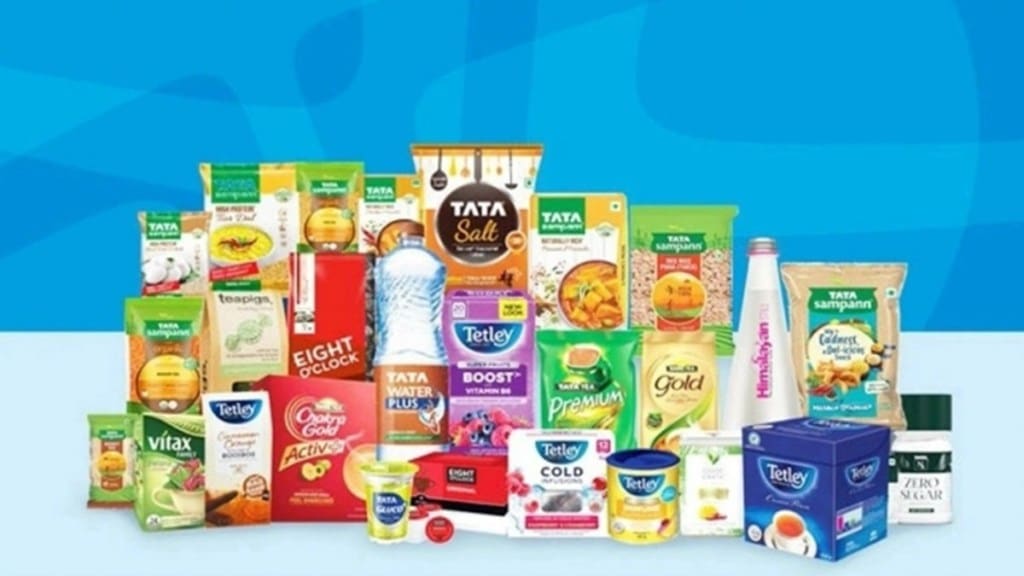December as well, because of inflation, demand and currency issues in the international business and softness in demand in the India tea business.
“Both in the UK and the US, we are taking pricing action, US pricing action is already underway; in the UK, we are going to announce going ahead. We are not yet out of the woods, this quarter is still a choppy quarter and in India, we do need to see if demand is coming back consistently, before we declare anything. I would at least give it a quarter before making a call,” said Sunil D’Souza, CEO of Tata Consumer Products in a post-earnings analyst call.
Also read: Receiving good response to rupee-based trading: RBI
During July-September, Tata Consumer Products posted a 6% year-on-year jump in consolidated net profit to Rs 355 crore, but the company’s operating margin contracted 90 basis points to 13.0%, impacted by international business profitability and volume decline in the India tea business.
Inflation weighed on demand in the international markets along with input cost inflation, adverse currency movement and lag in pricing, the company said.
During the quarter, US coffee volumes declined 2% and international tea volumes declined 5%.
For the India business, beverages revenues declined 7% while volumes were also down 1% due to pricing corrections and category slowdown.
Also read: Tata Consumer posts 36% net profit rise in Q2
D’Souza said that the India tea business is witnessing softness primarily in rural and semi-urban areas, while the premium category is doing well. “Stress is at the bottom, and at very specific geography. So its not broad based,” he said.
He added that although some green shoots can be seen due to good monsoons, he would not declare it as victory yet. Moreover, the company is working to enhance its distribution and there is enough headroom to grow, so gradually volumes should start gaining momentum.
On the international front, D’Souza said that they have taken pricing actions in the UK and the US to get back on margins, but it would not reflect in volumes before January-March when the pricing action would land firmly in the market.
Moreover, the company has looked at the entire cost structure at international piece and has charted a roadmap on structural cost restructuring. “We will figure out how we can make it into a much leaner machine delivering double-digit EBIT growth,” D’Souza said.

